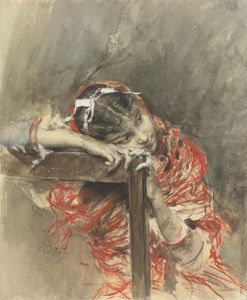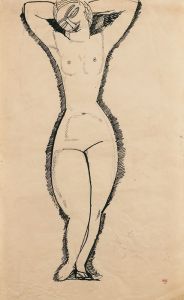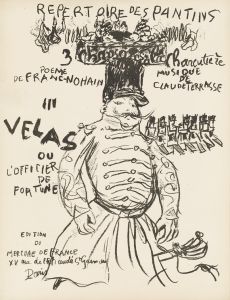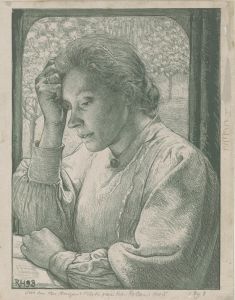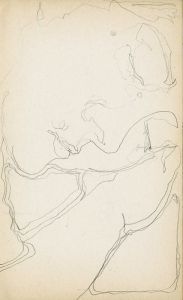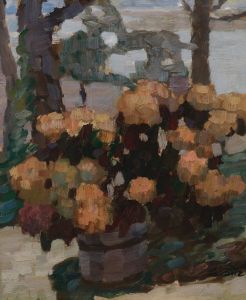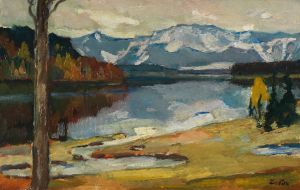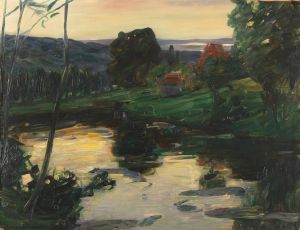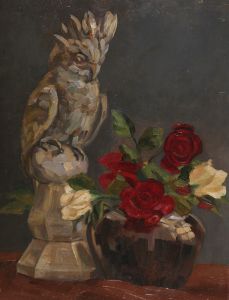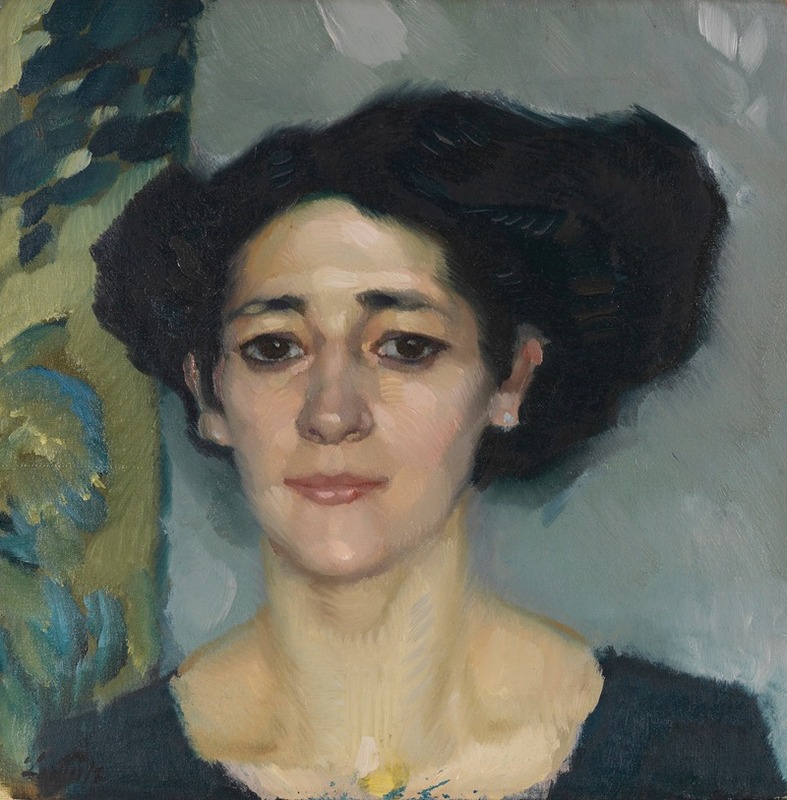
Damenporträt
A hand-painted replica of Leo Putz’s masterpiece Damenporträt, meticulously crafted by professional artists to capture the true essence of the original. Each piece is created with museum-quality canvas and rare mineral pigments, carefully painted by experienced artists with delicate brushstrokes and rich, layered colors to perfectly recreate the texture of the original artwork. Unlike machine-printed reproductions, this hand-painted version brings the painting to life, infused with the artist’s emotions and skill in every stroke. Whether for personal collection or home decoration, it instantly elevates the artistic atmosphere of any space.
Leo Putz was a prominent German painter associated with the Jugendstil movement, which is the German counterpart of Art Nouveau. Born on June 18, 1869, in Merano, which was then part of the Austro-Hungarian Empire, Putz became known for his vibrant use of color and his ability to capture the essence of his subjects with a modern flair. His works often depicted women, landscapes, and scenes of leisure, reflecting the cultural and social dynamics of his time.
One of Putz's notable works is "Damenporträt," which translates to "Portrait of a Lady." This painting exemplifies Putz's skill in portraiture, showcasing his ability to blend realism with the decorative elements characteristic of the Jugendstil movement. While specific details about the creation date and the identity of the subject in "Damenporträt" are not well-documented, the painting is a testament to Putz's focus on the elegance and poise of his female subjects.
"Damenporträt" features a woman depicted with a sense of grace and sophistication, typical of Putz's style. His use of color and light in the painting highlights the textures of the fabric and the subtle expressions of the subject, creating a lifelike and engaging image. Putz's technique often involved loose brushwork combined with a keen eye for detail, allowing him to convey both the physical appearance and the inner character of his subjects.
Throughout his career, Putz was associated with several art movements and groups. He was a member of the Munich Secession, an organization of artists who broke away from the traditional art institutions in Germany to pursue more modern and innovative approaches to art. This affiliation influenced his style, encouraging him to experiment with new forms and techniques that were emerging in the late 19th and early 20th centuries.
Putz's work, including "Damenporträt," reflects the broader cultural shifts of his time, as artists sought to capture the changing roles and perceptions of women in society. The Jugendstil movement, with its emphasis on natural forms and flowing lines, provided an ideal framework for Putz to explore these themes. His portraits often convey a sense of individuality and personality, moving beyond mere representation to offer a deeper insight into the lives and experiences of his subjects.
In addition to his contributions to portraiture, Putz was also known for his landscapes and genre scenes, which further demonstrate his versatility as an artist. His ability to capture the interplay of light and color in outdoor settings complements his work in portraiture, showcasing his comprehensive understanding of composition and mood.
Leo Putz's legacy as an artist is marked by his ability to bridge traditional and modern styles, creating works that resonate with viewers through their beauty and emotional depth. "Damenporträt" remains an important example of his artistic achievements, highlighting his skill in capturing the elegance and complexity of his subjects. Today, Putz's works are appreciated for their historical significance and their contribution to the development of modern art in Germany and beyond.





